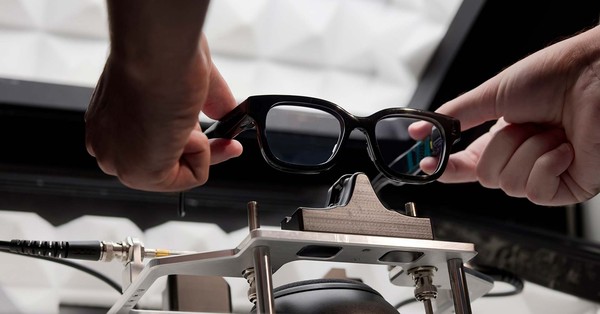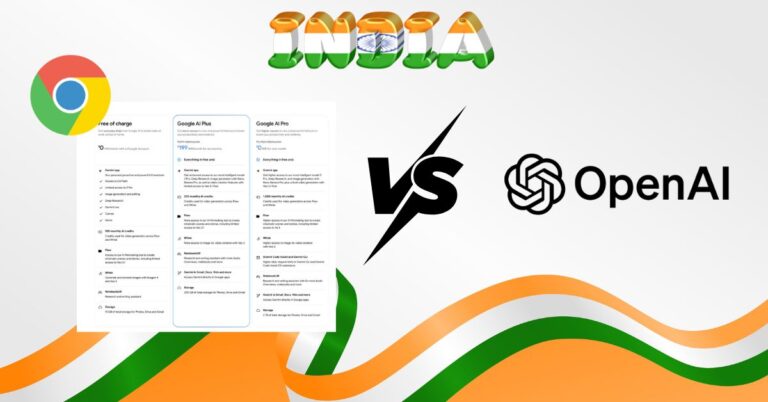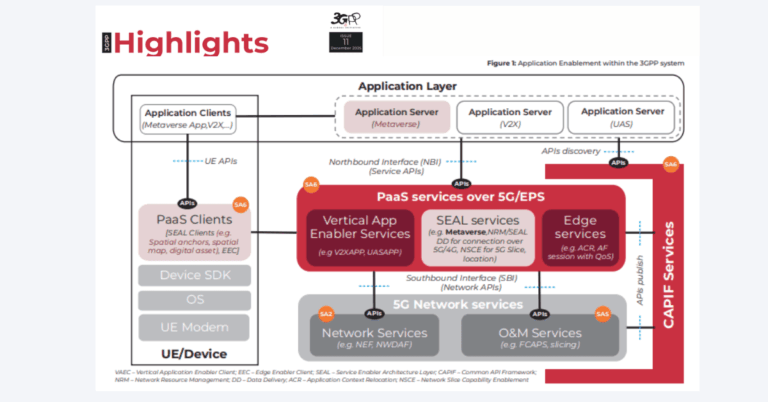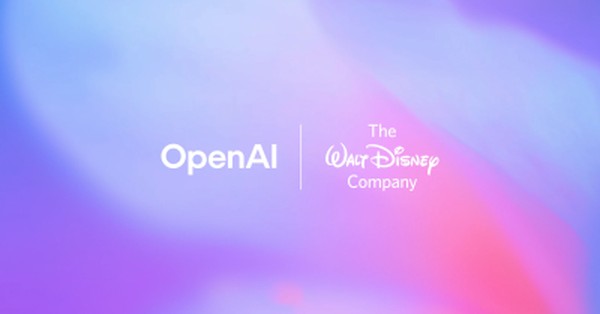Why the Magic Leap–Google partnership matters for AI smart glasses
A renewed, three-year collaboration between Magic Leap and Google signals a pragmatic path to AI-capable AR glasses that prioritize visual quality, comfort, and manufacturability.
From headset maker to AR ecosystem partner
Magic Leap is pivoting from building end-user headsets to becoming an ecosystem partner, offering waveguides, optics, device services, and manufacturing know-how to companies pursuing glasses form factors. This is a strategically sound move: scaling AR requires repeatable components, high-yield production, and an integration playbook that enterprise OEMs and platform players can adopt. For operators, cloud providers, and SIs, an ecosystem-led approach typically accelerates integration roadmaps and reduces supply chain risk.
Android XR as the developer and distribution foundation
The companies are aligning around Android XR, positioning the prototype showcased on stage at the Future Investment Initiative in Riyadh as a reference for future designs. An Android-first route creates a clearer path for developers, mobile OEMs, and enterprise ISVs to build multimodal AI experiences that span phone, watch, and glasses—critical for real-world workflows like field service, logistics, retail, and remote collaboration. For telcos, this alignment makes it easier to bind AR apps to 5G services, edge nodes, and device management frameworks already anchored in the Android ecosystem.
Inside the prototype: optics, microLED displays, and wearability
The prototype highlights advances in see-through clarity, low-power displays, and an industrial design that approximates everyday eyewear.
Waveguides with Google Raxium microLED
Magic Leap’s waveguide stack is combined with Google’s Raxium microLED light engine—a pairing designed to deliver bright, power-efficient imagery with precise optical alignment. Waveguides determine clarity, eye-box stability, and field-of-view; microLED pushes luminance and energy efficiency within a thin lens profile. Together, this architecture improves the odds of achieving all-day wear without bulky batteries, heavy thermals, or visual artifacts that cause eye strain. The integration emphasis is notable: achieving stable collimation, color balance, and text legibility in a small optical volume is a nontrivial systems challenge that requires tight co-design across optics, electronics, and software.
Comfort, manufacturability, and AR reference design
The glasses shown maintain a familiar black-rim silhouette rather than a visor form factor, signaling a focus on comfort and social acceptability. Equally important is manufacturability: Magic Leap’s experience in precision waveguide production and system integration is aimed at yield, cost control, and repeatability—key hurdles that have stalled prior AR efforts. A reference-design approach can shorten partner cycles from concept to pilot, while keeping room for OEM differentiation in sensors, frames, power, and AI features.
Implications for telecom, cloud, and enterprise IT with AR
All-day AI glasses create a new edge-to-cloud workload that spans sensors, on-device AI, networks, and enterprise platforms.
Network and edge compute for AI glasses
Multimodal AI assistants on glasses will mix on-device inferencing with offloaded processing to edge and cloud, depending on latency, privacy, and battery budgets. This favors 5G Advanced and Wi‑Fi 7 for sustained bandwidth, deterministic latency, and power efficiency. Carriers can differentiate with network APIs, traffic prioritization, and local breakout to edge GPU pools for spatial mapping, translation, and vision tasks. Expect demand for session continuity across cellular and Wi‑Fi, QoS-backed slices for enterprise AR, and tighter integration with Android management stacks for policy and telemetry.
Security, governance, and fleet operations for AR
Enterprises will require strong identity, data minimization, and audit controls as glasses capture and process real-world visuals and audio. Policy-driven compute placement (on-device vs. edge), encrypted sensor pipelines, and redaction for PII become baseline requirements. IT will look for MDM/EMM integration, device attestation, zero-touch provisioning, and lifecycle telemetry—areas where Android’s enterprise tooling offers a running start. For regulated industries, evidence of secure enclaves, offline mode capabilities, and robust update chains will be decisive.
Market outlook: who benefits and what’s realistic
The partnership advances the industry from flashy demos toward practical, repeatable AR eyewear, but timelines and use cases must stay grounded.
Competitive landscape and AR standards
The move contrasts with camera-forward smart glasses focused on notifications and capture, and with mixed-reality headsets that trade wearability for immersion. By anchoring to Android XR, Magic Leap and Google encourage developer reuse and cross-device experiences. Interoperability with spatial computing standards such as OpenXR, along with Android’s XR extensions, will matter for content portability and enterprise confidence. Component-wise, microLED and high-yield waveguides remain scarce assets; partnerships that lock in supply, assembly, and optical calibration capacity will set the near-term pace of the category.
What to watch next for Android XR
There is no public release date; the three-year extension emphasizes technology maturation over rush-to-market. Watch for milestones such as reference design kits for partners, SDK/NDK availability within Android XR, battery and thermal envelopes for true all-day wear, and early enterprise pilots that validate TCO. Clarity on sensor configurations, privacy controls, and on-device AI capabilities will signal readiness for frontline workflows. On the network side, expect telcos to pilot AR-specific edge SKUs, billing models for offloaded AI, and managed services that bundle devices, connectivity, and SLAs.
Action plan for telecom, cloud, and enterprise buyers
Start aligning architecture, pilots, and partner strategies now to be ready when AI glasses cross from prototype to scalable programs.
Guidance for telecom and cloud providers
Prioritize low-latency peering with Android XR services and stage GPU resources at the metro edge where enterprise AR traffic originates. Build AR-aware network slices and API-based QoS that developers can invoke from Android apps. Partner with ISVs for spatial workflows in field service, logistics, and retail to seed demand and validate monetization beyond connectivity.
Guidance for enterprises and systems integrators
Map candidate use cases to compute placement and policy requirements; prototype with Android XR tooling to measure battery, latency, and user tolerance in live workflows. Define governance for visual data, establish redaction policies, and integrate with identity and device management early. Favor solutions that expose diagnostics on optics alignment, display health, and sensor calibration to minimize downtime in fleets.
Bottom line and next steps
By combining Magic Leap’s optical stack with Google’s microLED and Android XR ecosystem, the companies are taking a measured, systems-first path to AI smart glasses that could scale; for networks and enterprises, the window is open to shape requirements, test edge strategies, and be ready to operationalize when reference designs transition into OEM products.








































